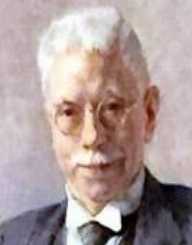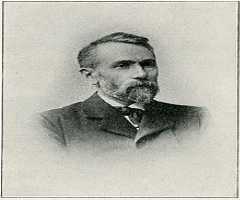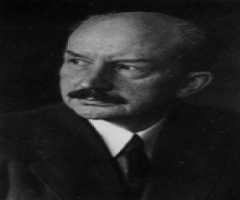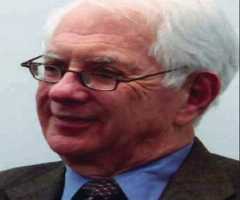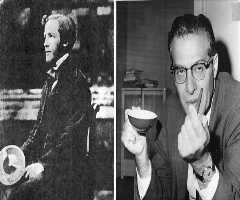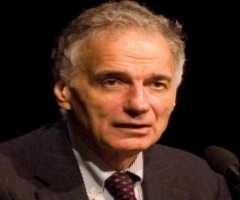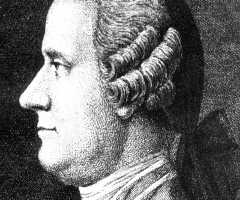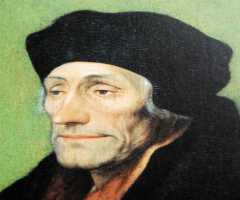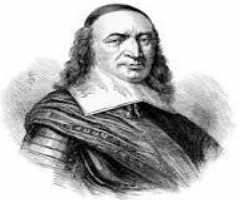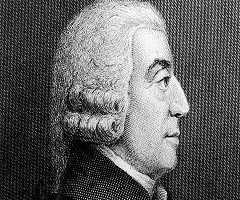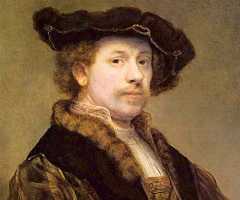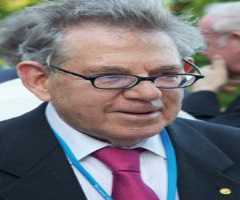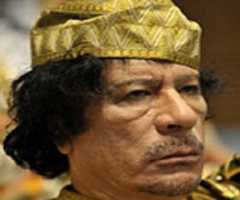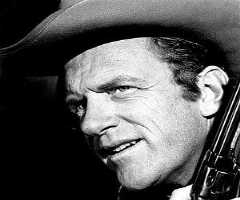Pieter Zeeman Biography, Life, Interesting Facts
Childhood And Early Life
Dutch physicist Pieter Zeeman was born on the 25 May 1865 in Zonnemaire, on the isle of Schouwen, Zeeland in the Netherlands His parents were Catharinus Zeeman, and Wilhelmina Worst, a clergyman on the island at the time of his son’s birth.
Education
Pieter Zeeman did his secondary school at Zierikzee, Schouwen then went to Delft where he studied classical languages for two years. He boarded with the Lely brothers in Delft and had the opportunity to meet Kamerlingh Onnes, who won the Nobel Prize in Physics in 1913, In 1885 Zeeman began studying at Leyden University and was taught by physicist Hendrik Lorentz. In 1893 he was awarded his doctorate.
Rise To Fame
In 1890 Pieter Zeeman was appointed an assistant to his former teacher Lorentz, and this gave him the opportunity to collaborate on a large research programme into the Kerr Effect. After obtaining his doctorate in 1893, he moved to F. Kohlrausch's Institute at Strasbourg where he worked under E. Cohn for one semester. He then returned to Leyden University in 1984 and worked as a lecturer between 1885-1887.
Career
Pieter Zeeman discovered the magnetic splitting of spectral lines in 1896, and in 1897 he was given a lectureship at the University of Amsterdam. In 1900 he was appointed as Extraordinary Professor and in 1908 was chosen as Director of the Physics Laboratory. A new laboratory was built in 1923 and is today known as the Zeeman Laboratory of Amsterdam University.vcZeeman held both positions at the university until retiring in 1935.
Apart from his research and discovery into the field of the magnetic splitting of spectral lines, Zeeman also worked on the Doppler effect in optics and canal rays.
Awards And Achievements
In 1892 Pieter Zeeman was awarded a Gold Medal from the Dutch Society of Sciences. In 1902 he shared the Nobel Prize in Physics with Hendrik Lorentz (his former lecturer) for his discovery of the Zeeman effect.
Pieter Zeeman held honorary doctorates from some universities including Oxford, Paris, Brussels, Ghent, Glasgow, and Philadelphia.
He was a member of many distinguished scientific societies. Awards he was presented with include the Matteucci Medal of the Italian Society of Sciences, the Rumford Medal, the Franklin Medal of the Franklin Institute of Philadelphia, the Henry Draper Medal of the National Academy of Sciences of Washington. Zeeman was also made a Commander of the Order of the Netherlands Lion and a Knight of the Order of Orange-Nassau.
Personal Life
Pieter Zeeman married Johanna Lebret in 1895 and remained married until his death in 1943. They had four children.
Pieter Zeeman died on the 9 October 1943 in Amsterdam in the Netherlands.
Hobbies
Hobbies included a love of literature, drama, and theatre.
More Physicists
-
![Philipp Lenard]()
Philipp Lenard
-
![Johannes Diderik van der Waals]()
Johannes Diderik van der Waals
-
![Gordon Gould]()
Gordon Gould
-
![Walther Bothe]()
Walther Bothe
-
![Sheldon Lee Glashow]()
Sheldon Lee Glashow
-
![Julian Schwinger]()
Julian Schwinger
